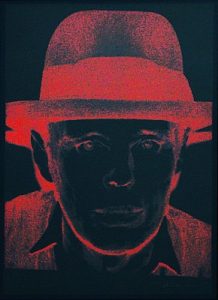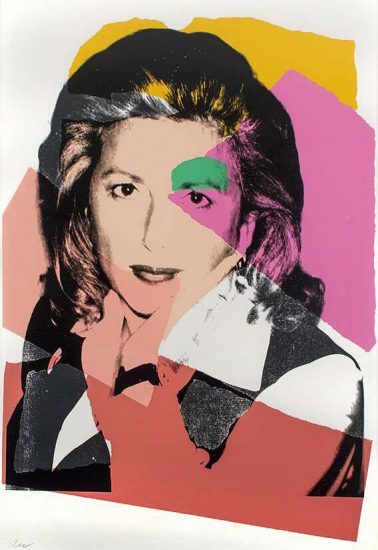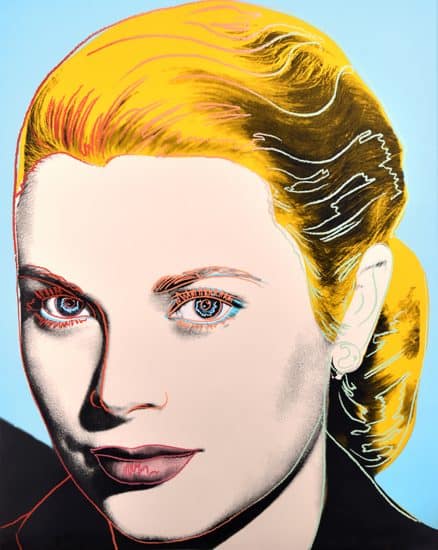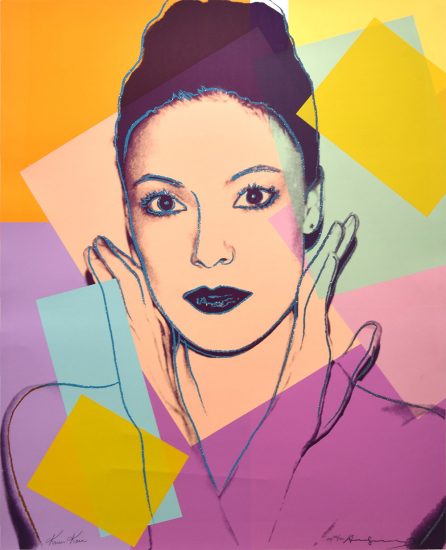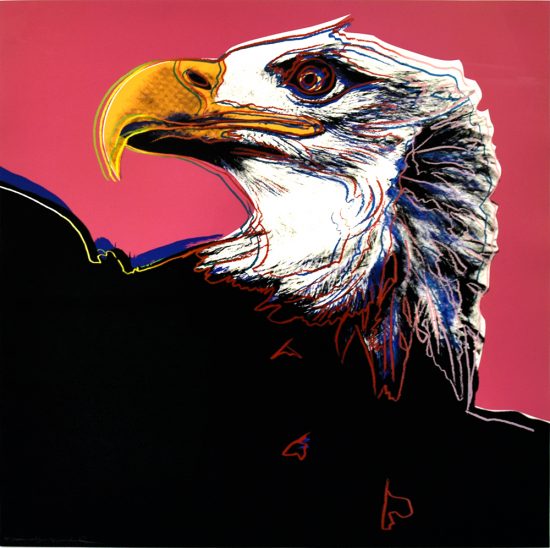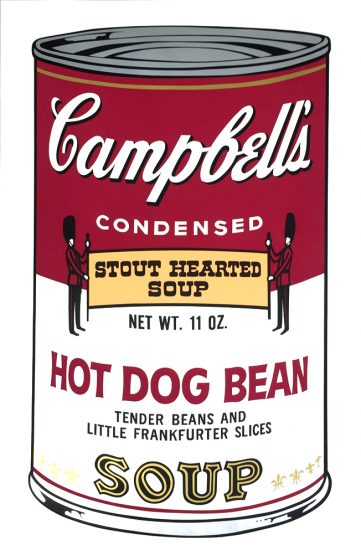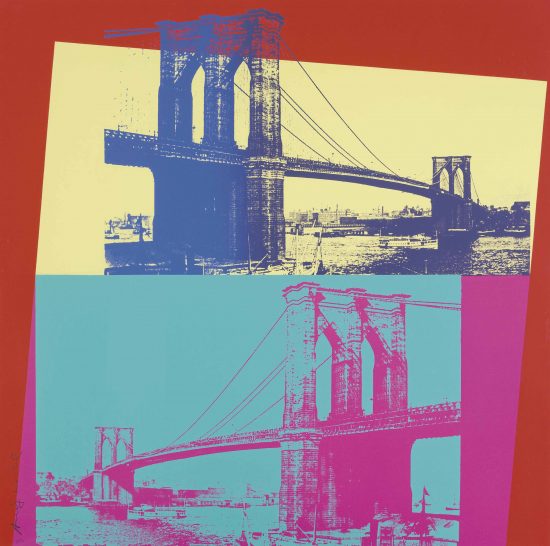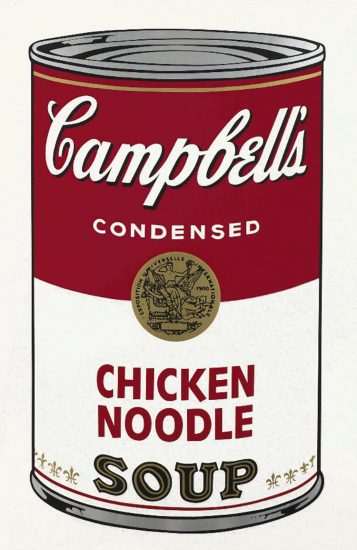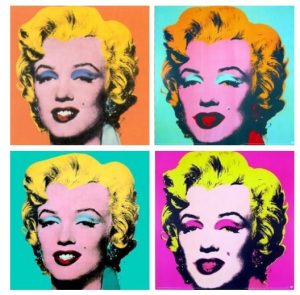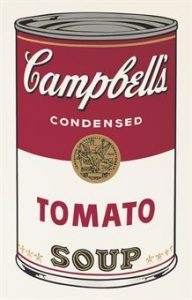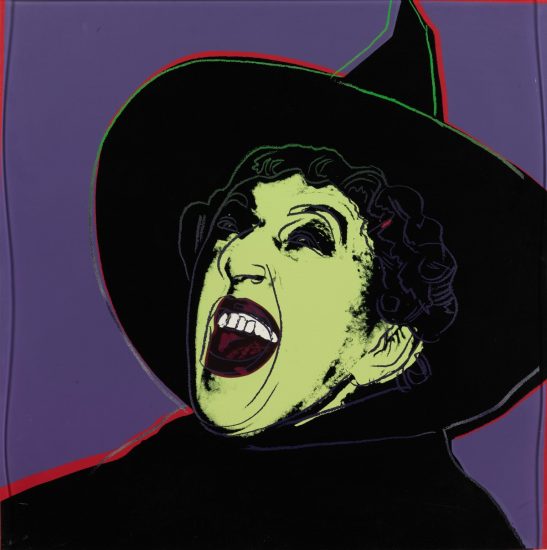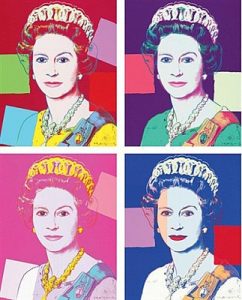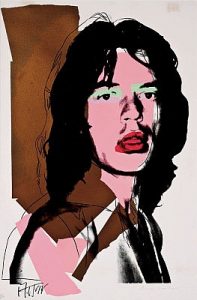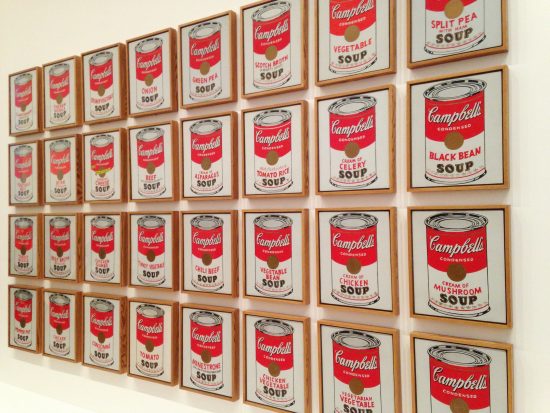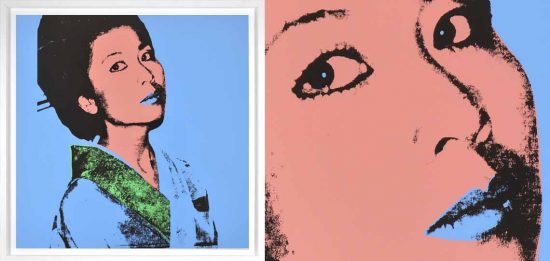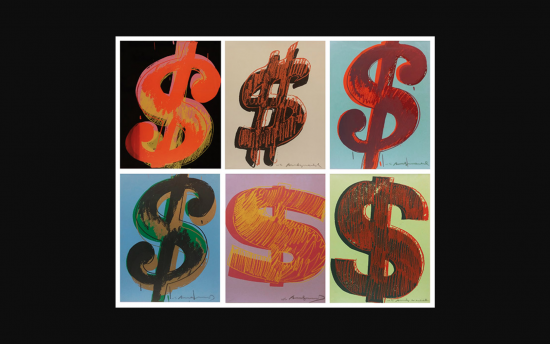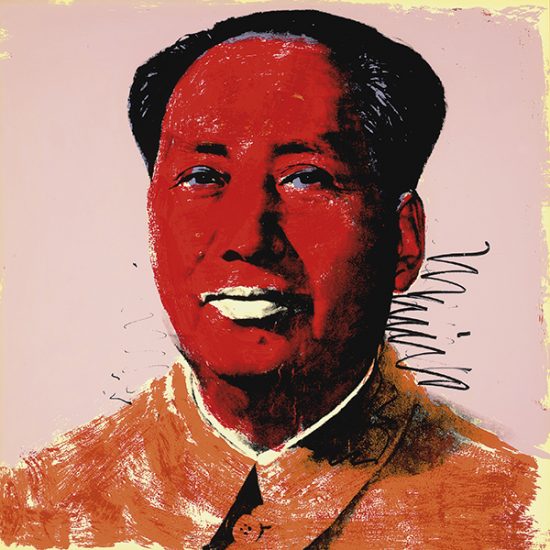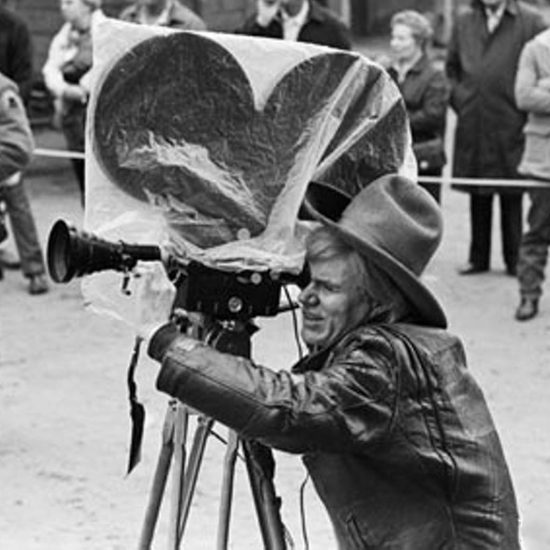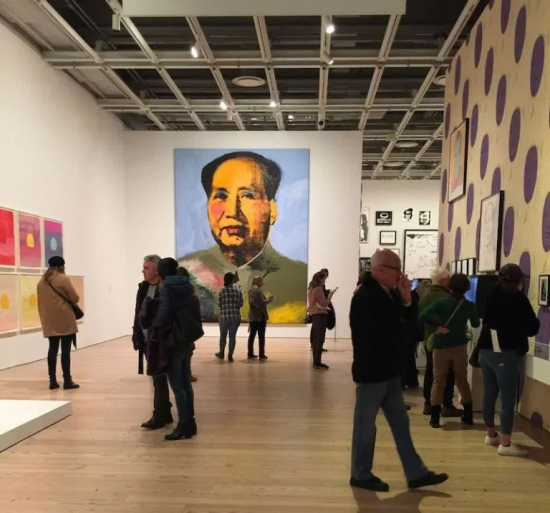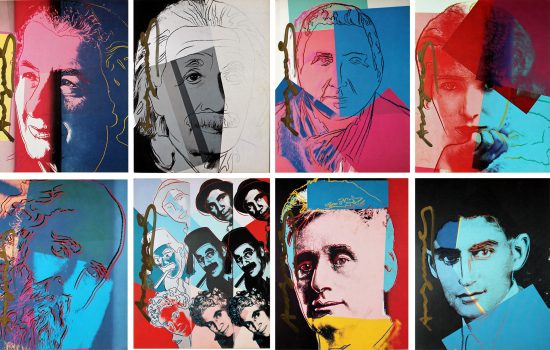Joseph Beuys was a German performance artist and sculptor. He dominated the European art scene in the 80’s with his extensive works concerned with concepts such as humanism, social practice and social philosophy. He is now regarded as one of the most influential artists in the late 20th century. One of his most well-known performances is his 1965 solo performance How to Explain Pictures to a Dead Hare in which he cradles a recently deceased animal to suggest the healing potential of art and its abilities to revitalize humanity. This work was incredibly poignant at the time as Germany was struggling with its past and its national identity. Andy Warhol pays tribute to Beuys’ legacy with a portfolio of three screenprints accompanied by individual screenprints from different states.

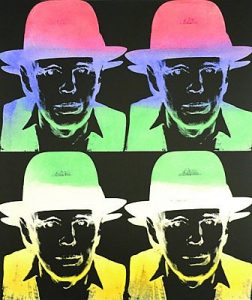
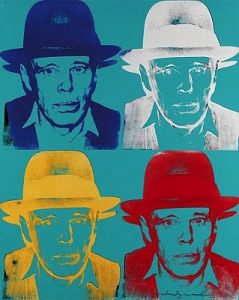
Joseph Beuys’ Relationship to Warhol
Though the artists were not close friends, their relationship was founded in mutual admiration. The two artists have met multiple times in New York, Naples and Dusseldorf. Despite their rare opportunities to meet, Warhol managed to work together with Beuys in 1978. That year, he created a campaign poster for Beuy’s political organization, the Green Party. The Green Party was co-founded by Beuys and focuses on issues of political reformation through pacifism. Yet, the two artists were quite similar in their approach to art. For one, they rivaled each other in prominence during the postwar era. Both Warhol and Beuys were obsessed with death and media imagery, though their approaches to the two themes differed. For one, Warhol was fascinated with fame and glamour whilst Beuys was more detached from celebrity culture. Nevertheless, both major artists reshaped the ways we perceive celebrity, culture and politics.


